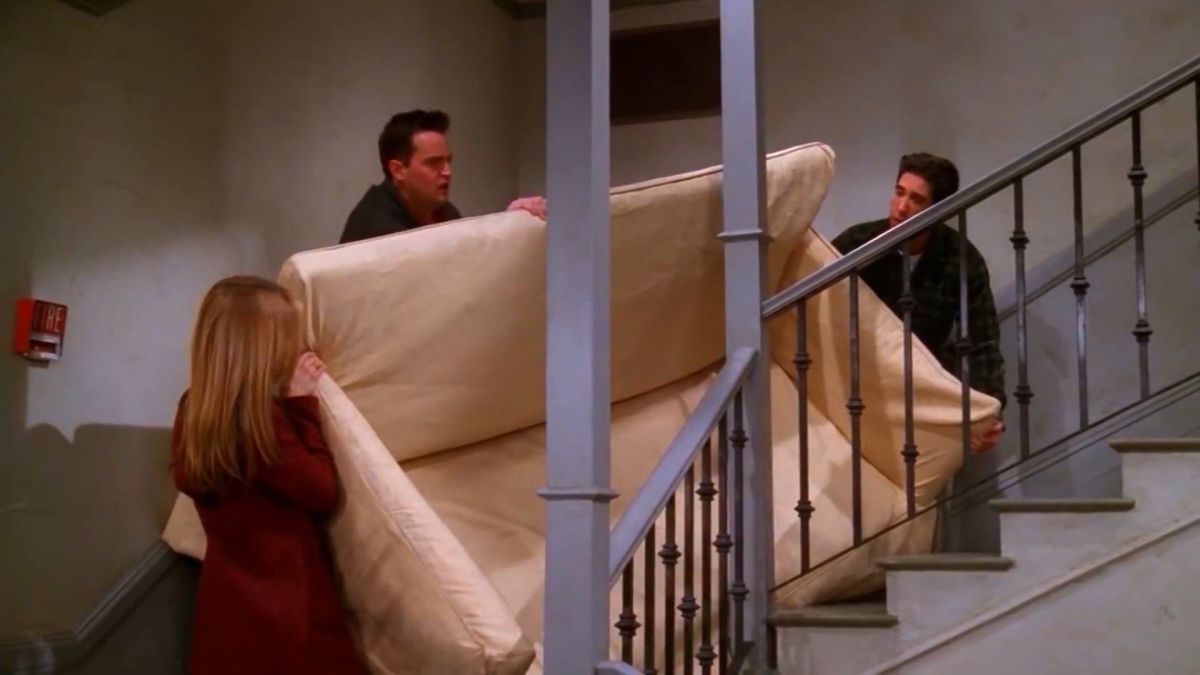The Impact of TV Consumption on Post-Pandemic Experiences
The opportunity for brands in comfort TV
I ran into Stephen Kunken on the street yesterday. He’s the charmingly hateable, espresso-making Ari Spyros from Billions. In a Covid summer, he’s a Brooklyn refugee living in the suddenly uber-desirable hamlet of Montclair, New Jersey. “I’m still waiting on episode 8,” I yelled from across my lawn. “We’re not filming because of the shutdown,” he informed me. My dog barked at his poodle. He walked away without offering me coffee.
Par for the course. No one is filming right now. So while I mainline The Office and Frasier, I wonder how the lack of new TV will impact consumption of nostalgic, binge-worthy favorites. Then I wonder how Niles would diagnose my Covid mental state.
Netflix added 25 million subscribers in the first half of the year. So while newer heavyweight programming such as Tiger King, The Last Dance and La Casa De Papel are crushing (150 million plus viewers combined), how much longer can we count on new shows when production has been halted? Juxtapose that against the reality that Friends is the most popular Netflix show among mega-gaming teens (even Courteney Cox is watching)!
Hulu viewers watched 11 million hours of The Golden Girls in April, and while HBO Max launched with much fanfare over 10,000 hours of content, they will hook fans with mega favorite catalogs of The Big Bang Theory, South Park and Rick & Morty. Bottom line: Comfort TV is big in the age of coronavirus.
While many trends have been accelerated during this time, another more tangible trend will accelerate as well—the reset of the retail and real estate experience. With the advent of places like Camp and Restoration Hardware, it was already game-on for retail as entertainment. Add the decline of the traditional department store, ominous predictions of city retail and corporations opting out of work-space leases, it’s more a revolution than an evolution.
That trend will likely inform our entertainment experiences as well. And as Covid persists, our travel limited or non-existent, visits to local retail “experiences” will be more frequent. At some point, we are going to have higher expectations in exchange for our attention (and dollar) from these experiences.
One way to deliver on the expectation is to play into our fandom, tapping our love for film and TV. If our recent overindulgence in everything from The Golden Girls to Friends is any indication, this is a logical path forward for retail.
We know fandom drives intent (40 percent of fans have visited a destination they saw on TV), and consumer spending happens where fandom exists. In the last decade, the top 20 highest-grossing movies were book adaptations, sequels or franchise extensions.
It’s fair to ask what happens when the retail revolution meets opportunistic landlords and our favorite film/TV properties with a hungry $10 billion pop-up industry.
While I’m hearing chatter and seeing movement (drive-thru concepts) around Q4 outdoor experiences, there is a huge opportunity for indoor. We’ve already seen TV experiences play the retail game from Downton Abby to Saved by the Bell, culminating in the Friends 25 NYC Pop Up, selling tickets at Coachella-like clips with 50,000 plus gone in the blink of an eye. Beyond the incredible trove of IP, owners/distributors of coveted content have a lot at stake. It’s also an opportunity to market the streaming platforms that house much of this content. Keep in mind that Seinfeld (Netflix), Friends (HBO Max) and The Office (Peacock) all sold for north of $400 million in their last distribution deals.
While more people are watching TV, more cord-cutting is happening, so how are advertisers going to reach audiences that love this IP in a cord-cutting, ad-blocker world? Check out the most popular TV shows in each of the 50 states during Covid. You guessed it, nearly all of the shows on the graphic are our nostalgic favorites—and are primarily seen on streaming platforms. And yes, Friends is the most popular show in the country.
So what is the opportunity for brands?
Beyond capturing our fandom, these shows celebrate themes and moments we remember forever. Is the Friends “pivot” scene one of the most iconic in TV history? State Farm thought so. During the Friends NYC Pop Up in 2019, the brand featured a tangible renters’ insurance product placement, exposing the benefits of such coverage through the lens of the many apartment mishaps our favorite Gotham pals endured. From the aforementioned “pivot” to Joey and Chandler’s apartment robbery, the contextual integration was a perfect way to remind New Yorkers that State Farm is always there for you.
Perhaps most importantly, these experiences tend to be in smaller/controlled environments. That should create a sense of comfort among attendees, staff, property owners and potential brand partners. Smart brands will be on the lookout for unique ways to engage passionate fans in appropriate space in the immediate post-quarantine world … or perhaps someone will build Frasier in the Fornite metaverse so I can watch more TV from Martin Crane’s chair.







